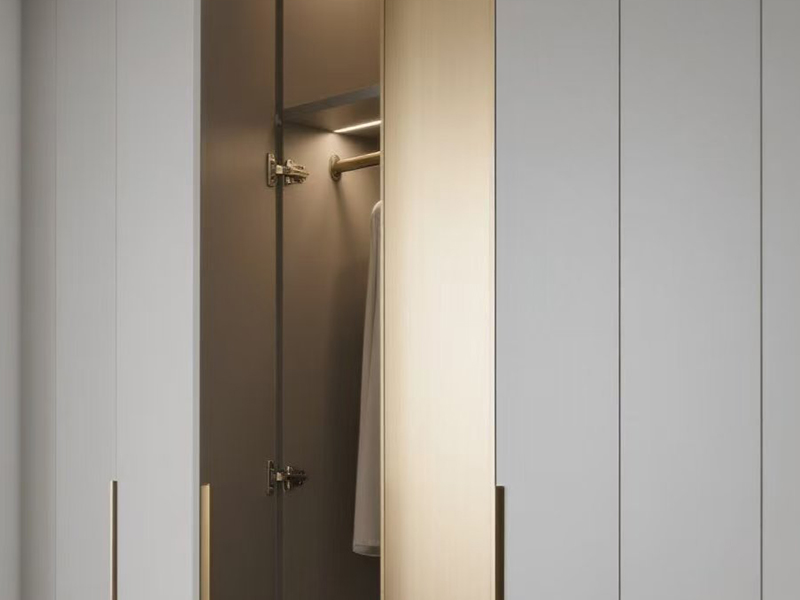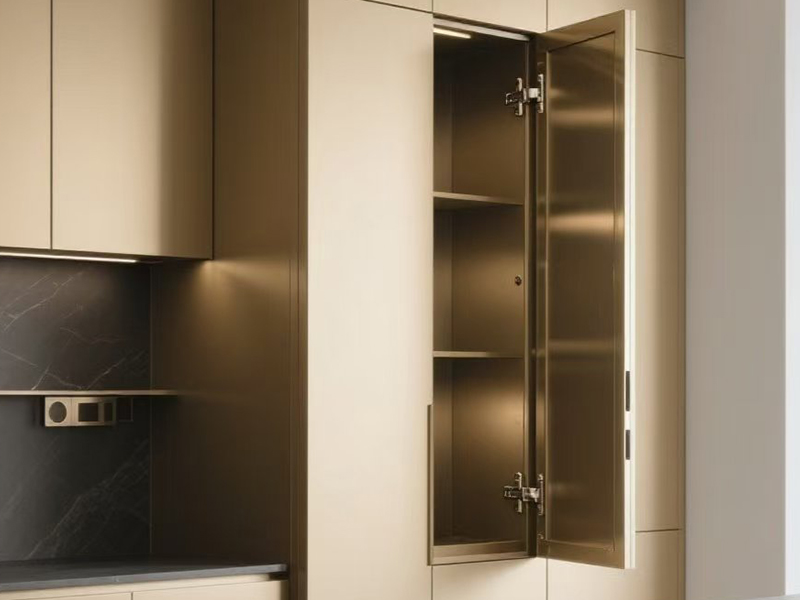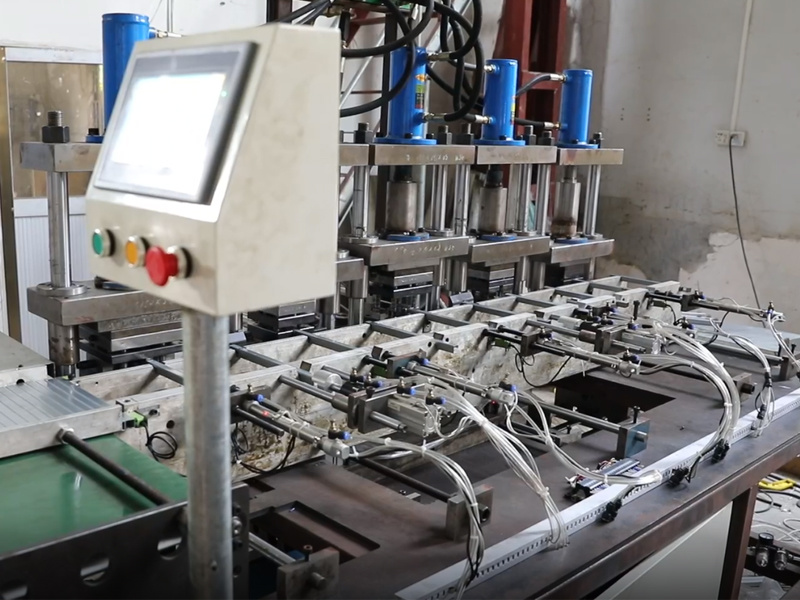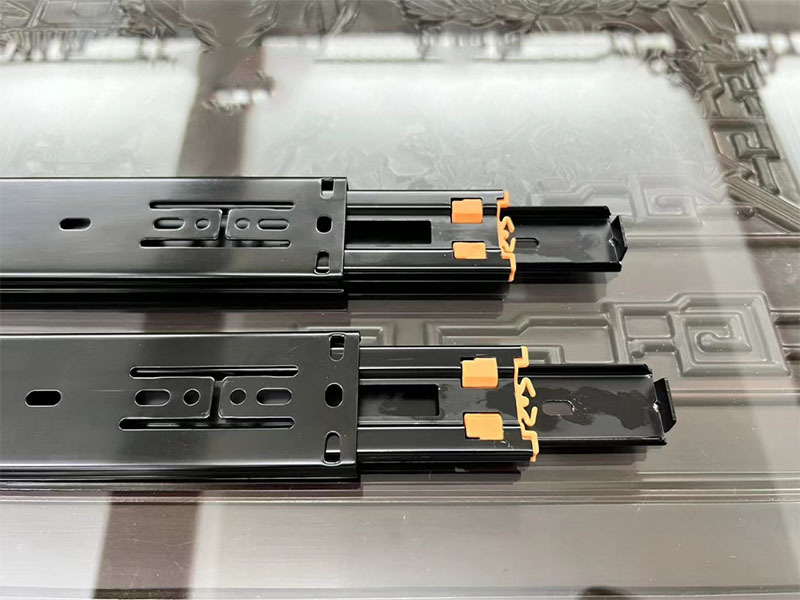Classification and characteristics of hinges

Classified by structure and function
Fixed hinge: an integrated structure, if the door panel needs to be disassembled after installation, the fixing screws need to be unscrewed, suitable for furniture that does not frequently disassemble door panels.
Removable hinge (quick release hinge): The hinge cup and hinge body can be separated, making it easy to disassemble quickly and suitable for environments such as kitchens that require frequent cleaning and disassembly of cabinet doors.
Hydraulic hinge (damping hinge): Through hydraulic buffering technology, the door slowly closes on its own when the opening degree is not greater than 60 degrees, creating a comfortable closing effect and preventing children from getting caught. It is soft and silent.
Classify by door panel covering method
Large curved hinge (uncovered hinge): When the cabinet door is closed, it is flush with the side panel and does not cover the side panel. It is used in specific situations such as hanging cabinet doors embedded with refrigerators.
Straight curved hinge (full cover hinge): The door panel can cover all the side panels, commonly used in furniture such as ordinary wardrobes and bookcases that require complete coverage of the cabinet side panels.
Mid bend hinge (half cover hinge): The door panel covers half of the side panel, which is commonly used in furniture such as display cabinets and wine cabinets.
Classified by opening angle
165 degree and 135 degree hinges: mainly used at the corners of cabinets or wardrobes, which can make the opening angle of two doors open more freely without obstruction.
Large angle hinges: such as+25 degrees,+30 degrees,+45 degrees hinges, used in scenarios where the angle between the cabinet door and the side panel is greater than 90 degrees, such as the cabinet door of a diamond shaped corner cabinet.
Small angle hinges: such as -45 degree and -30 degree hinges, used in scenarios where the angle between cabinet doors and side panels is less than 90 degrees, such as bucket cabinets.
Classified by Material
201 stainless steel hinge: It has strong corrosion resistance and is cheaper than 304 stainless steel. It is suitable for humid environments such as bathroom cabinets, but its corrosion resistance is slightly inferior to 304 stainless steel.
304 stainless steel hinge: It has strong corrosion resistance and can maintain good performance in humid environments, but the cost and price are relatively high.
Cold rolled steel hinges: high hardness, not easily deformed, low cost, and commonly used in dry environments.
TAG:
Related Posts
Key points for choosing hinges











